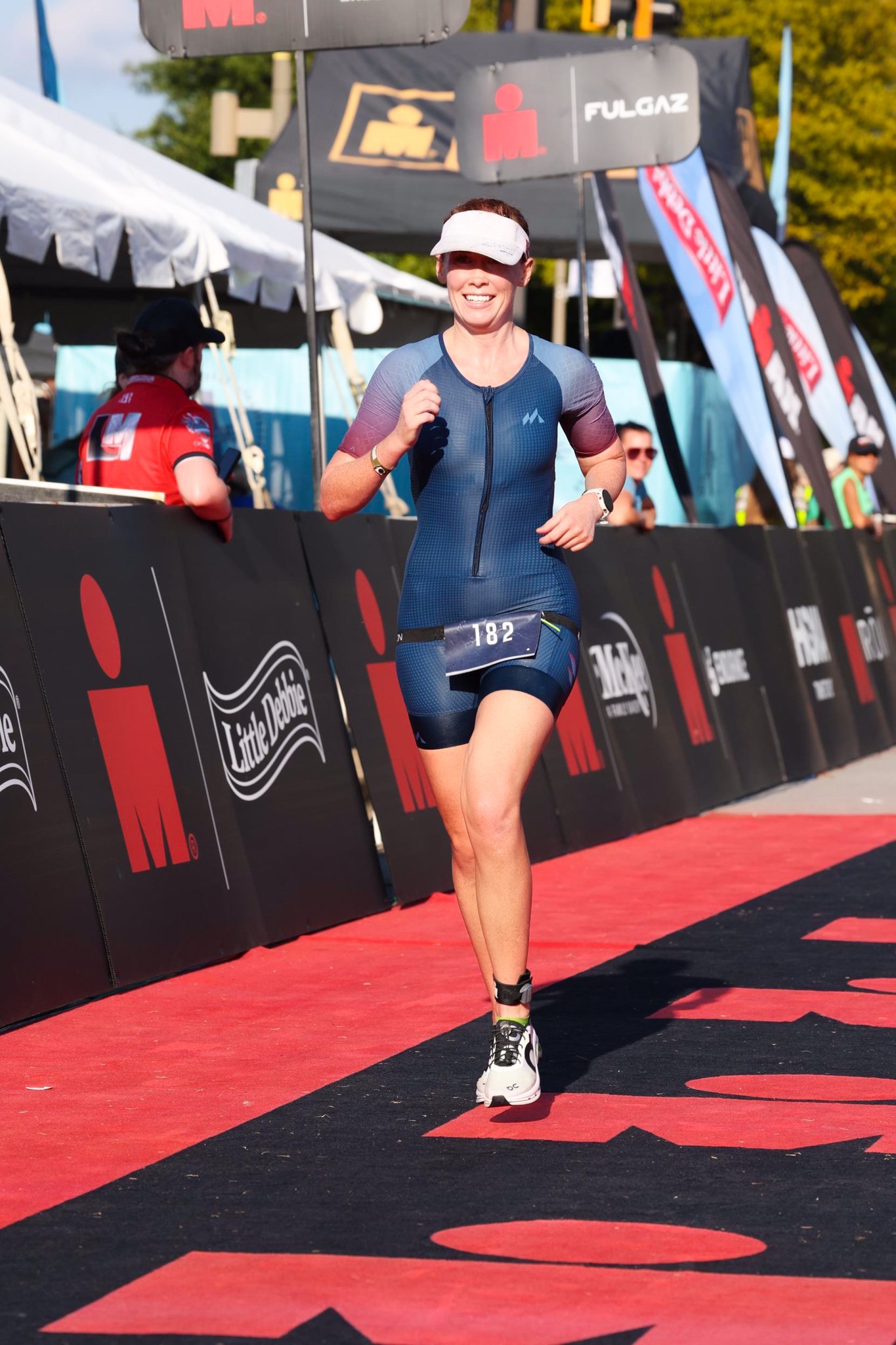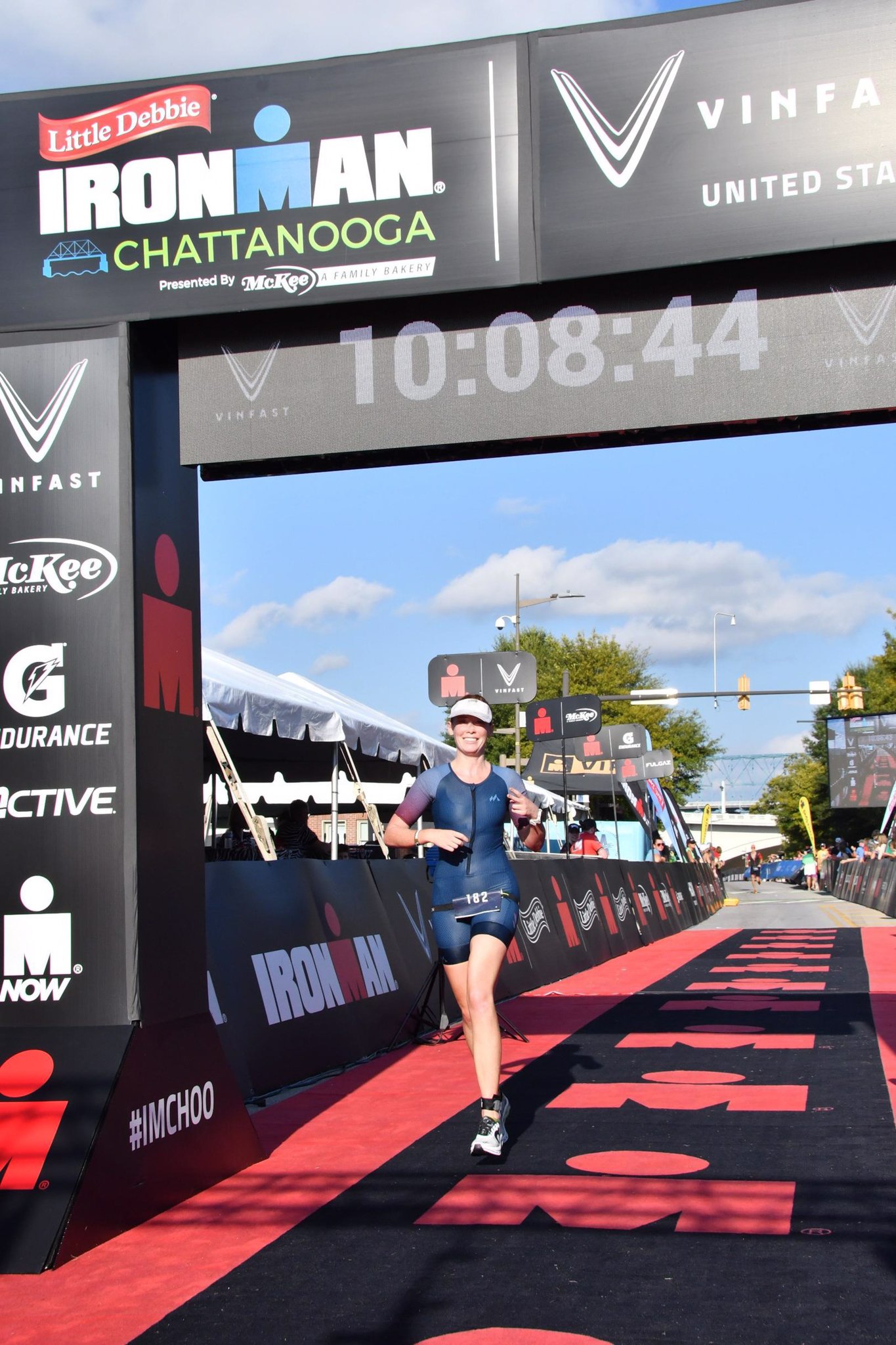How to Pace an Ironman 70.3
Conquering an Ironman 70.3 distance triathlon is as much a matter of pacing as it is about sheer grit and time put in training.
The thing is, you are only able to take on so many calories and you only have so many matches to burn, so pacing right from the start is your best bet for your best race day. You’ve spent months training hard and putting in the training and time, don’t blow it by going too hard too early.
That being said, the zones that you are targeting should be based on how long you will be out there. The energy needs and expenditure look a lot different for a pro going sub 4 hours, compared to an Age Group athlete going closer to 8 hours.
Let’s get into what your pacing should look like.
The Swim
Let’s be honest: diving into open water with a throng of other athletes can be daunting especially with adrenaline pumping. The trick? Start conservatively and build your pace. Swimming at a maximum effort early on will only lead to spiking the carbs your body is burning, causing you to lose more time later in the race than you initially gained.
If you've trained with an awareness of your threshold pace, aim for 85%-90% of that or if you are going off of perceived exertion (and not staring at your watch every other stroke) intensity should be a moderate High Z3 to Low Z4. Feeling like 6 to 7 out of 10.
This level of effort should allow you to swim efficiently and save energy for the biking and running legs. Remember: smooth and steady is key in the water, its just the warm up for a long day of triathlon fun.
Bike Pacing
Transitioning onto your bike, your adrenaline might urge you to speed up instantly. Resist the urge. Instead, use the initial miles to allow your body to adjust from the swim to the bike. I suggest riding easy for the first 5-10 minutes then as you settle into the bike leg, here's a useful guide on pacing using your Functional Threshold Power (FTP) and Threshold Heart Rate (THR):
IRONMAN 70.3 target > Suggested target % FTP
Sub 5 hours: 83 to 84%
5 to 6 hours: 80 to 83%
6 to 8 hours: 77 to 80%
IRONMAN 70.3 target > Suggested target % Bike THR
Sub 5 hours: 88 to 92%
5 to 6 hours: 84 to 88%
6 to 8 hours: 81 to 85%
These guidelines can help you manage your energy efficiently throughout the ride to maximize on your bike fitness, but still let you run well without doing the dreaded Ironman Shuffle. Nevertheless, do remember, it's also critical to maintain good nutrition and hydration so you have some energy for the run.
Run Pacing
With the grueling swim and cycling legs behind you, it's time to lace up for the final test - the run. As you switch from cycling to running, remember your body needs some time to adjust. Don't let the initial fatigue or stiffness throw you off your game. Stick to your plan. Ease into the first 2 miles and give your body a chance to loosen up and find your stride again. The biggest tip I can give is to ignore how your legs feel for the first 15 minutes - if they feel awesome resist the urge to go too hard, if they feel terrible, know that they will loosen off and start to feel better.
For the majority of the run, here's how you should be pacing based on your Threshold Heart Rate (THR), and Rate of Perceived Exertion (RPE):
IRONMAN 70.3 target > Suggested target % Run THR
Sub 5 hours: 90 to 92%
5 to 6 hours: 87 to 89%
6 to 8 hours: 85 to 87%
IRONMAN 70.3 target > Suggested target % Threshold Run Pace
Sub 5 hours: 90 to 91%
5 to 6 hours: 87 to 89%
6 to 8 hours: 86 to 87%
In the last 5km of the run, you'll need to gauge your energy levels. If you've paced well, you may have some fuel left in the tank to increase your pace, or increase your effort level where pace might not increase but it won’t slow down. You’ve run 5km a million times you know what you have left to give at that point.
In sum, an effective pacing strategy for your Ironman 70.3 can make a significant difference in your overall performance. Understanding how to pace each segment - swim, bike, and run - based on your threshold heart rate and perceived exertion can provide the steady effort that will have you maximize on all of that time you put in swimming, biking and running.





